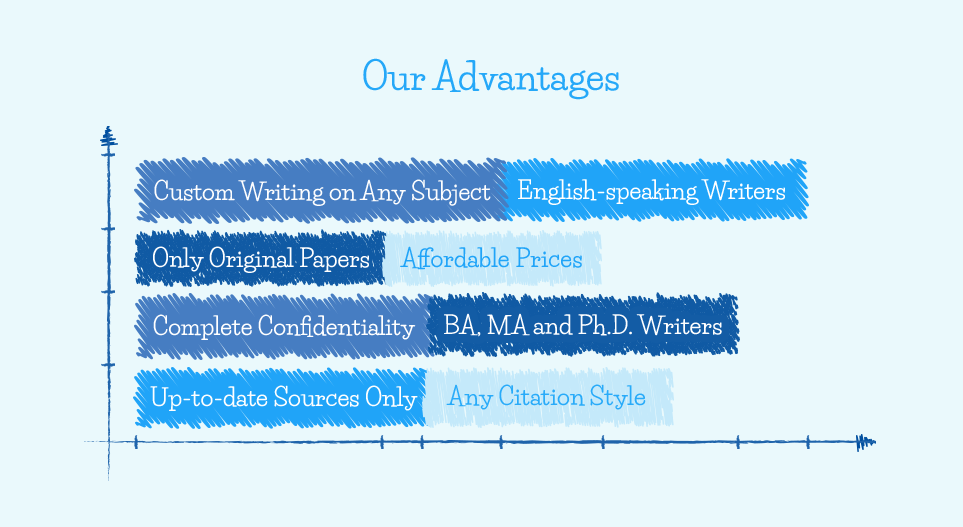Modern Societies
Europe in the 16th, 17th, and 18th centuries was united and divided simultaneously. The period was full of new cultural trends, modern societies, and talented scholars and leaders. Many rising states were dealing with diplomatic interactions between imperialism and nationalism. The involvement of new leaders and the emergence of new types of societies led to the development of modernism and ultimately political liberation. After the fall of the Roman Empire, Europeans advanced in art, science, and politics which accompanied the birth of modern Europe.
Mongols
The migration of Mongols is one of the largest mass migrations in history as it broke out as a result of the nomadic lifestyle of this ethnic group. Mongols were living a pastoral life, and their migration represented the transition from their pastoral lives to unifying Eurasia through military conquest. Mongols began their existence as nomadic pastoral people from Central Asia. They created one of the largest empires in world history covering more Eurasian landmass than any other known population like Persians, Chinese, and Romans. As part of the pastoral community, Mongols had horses and camels at their disposal and offered them to their allies as a military power. Mongols were also excellent bowmen and swordsmen hired by other communities to fight battles during their migration. Their military skills explained that Mongols were attracted to both wealthier and weaker societies across Europe and East Asia and were responsible for the refortification of the famous Chinese wall and the rise of Chinese dynasties.
Mongols assimilated and absorbed new cultures they came across during their movement. For instance, they assimilated the cultures of Confucian China, Christian Russia, Eastern Europe, and the Islamic Middle East. Mongols utilized different strategies to conquer new territories that included accommodation, imposition, and assimilation. The success of the Mongols, unfortunately, led to increased tension between the Mongols and the Chinese. The tension arose when Mongols rejected the Chinese culture and preferred to follow a nomadic lifestyle. Mongols, however, adopted several Chinese practices, for instance, administrative and taxation ones. Mongols were known for their violence, for example, the destruction of Baghdad and Abbasid in 1258 which was a sudden and violent act. Violence affected Mongols in different ways, and some members of this group later converted to Islam, settled, and continued their agricultural lifestyle in new territories. Others intermarried and started families effectively blending into the Middle East.
Pygmies and Khoisan
Pygmies and Khoisan are settlements the origin of which is believed to be in Southern Africa and Central Africa. The settlements were widespread across equatorial forests and displaced by the arriving black farmers. Pygmies and Khoisan are believed to be an extension of the Bantu group living in subequatorial Africa. Their assimilation into the black community led to the rise of the Niger-Congo language that developed in West Africa. Their population was recorded as 200 million people and their origin is believed to be from Cameroon and Nigeria. Pygmies were renowned hunters since the African environment had poor terrain to accommodate food production. It meant that less food was available and few animals could be domesticated.
Pygmies migrated to North Africa and became part of the Eurasian inter-communicating zone popularly known as Central Africa in the south of the Sahara. However, Sub-Saharan Africa was not set up independently, thus it could not accommodate agriculture which meant that food had to be imported. Pigmies thus remained hunters and gatherers since their land could not be farmed. Moreover, they domesticated wild plants and animal species available in their environment. It led to the belief that wild animals could be domesticated and trained to provide food for the community. The domestication of wild animals was successful, and the remaining Khoisan speakers migrated from South Africa since their areas became unsuitable for farming.
During their migration, Pygmies and Khoisan acquired new skills, for instance, iron technology that they learned in Carthage. Incorporation of the iron technology into their lifestyle meant the introduction of war weapons. Gradually, there was the incorporation of a military-industrial package that provided crude weapons to neighboring communities. Those who invested in military packages became unstoppable in the subequatorial region of Africa. They were also able to conquer weaker settlements with the help of iron tools. Examples of weaker communities conquered include the Khoisan one that continued to engage in hunting and gathering.
However, the colonized Khoisan were not killed but they were assimilated into the Bantu culture and traditions. For tens of thousands of years, they intermarried and raised their children with representatives of the Bantu culture. Factors that influenced the assimilation include geography, terrain, weather conditions, and natural environment. New communities were, however, affected by diseases, for instance, malaria that originated from the Bantu since colonized Khoisan community were hunters and gatherers not used to the natural environment.
Modernity refers to the period when new cultures arose, and the age of reason began. During this period, there were a lot of philosophical movements and far-reaching transformations initiated by Western society. Modernity is symbolized by the development of modern societies as well as their rapid growth. During this period, the developing societies were believed to reject common religious beliefs. The medieval period saw the fall of Rome and the rise of religious authority which is the Catholic church. During the period, there were certain trends in European politics, and due to modernity, the rejection of the religious body led to the division of the societies in power, mainly in the sixteenth and seventeenth centuries.
Three key elements that led to the evolution of modernity in Europe from the fall of the Roman Empire to the French Revolution include Renaissance, Reformation, and Counterreformation. These elements continued to evolve into the scientific revolution that happened in the seventeenth and eighteenth centuries. Modernity developed after societies started to deviate from traditionalism and religious grounds and began to accept the world for what it is while the new way of thinking led to new beliefs and religion. Self-governance emerged as part of the independent world consisting of many governments ruled by a common body. Liberalism was born, and it was mostly articulated during the French Revolution and in the American Declaration of Independence as well as in the US Bill of Rights.
Renaissance
Renaissance represented a period in European culture characterized by the artistic, political, and economic rebirth of the Middle Ages. It was an era renowned for promoting the rediscovery of classical philosophy, art, and literature. During this time, unique scientists, authors, and artists lived leading to global expansion as well as the appearance of new cultures and societies. Renaissance is believed to have spread northward from Italy through Western Europe. There were new technologies incorporated, such as the printing press which is known as one of the most famous inventions made in the fifteenth century. The invention of the printing press is one of the major reasons why the Reformation led to the rise of modern communities.
There was discontent among modern communities, especially among religious bodies. The rise of modern communities was not without controversies as many people resented the attempt of the church to dominate worldly affairs. For instance, Protestants rejected the claim of the church to mediate between leaders of the world. Christians stated that they had a direct relationship with God, so they did not need church or government to lead their societies. Reformation spread across Europe leading to the rise of many rebellions in leaders’ effort to lead their societies independently.
Reformation
The reformation was a movement initiated by the activist Martin Luther and Huldrych Zwingli to strengthen Western Christianity. The concept began as a discussion over Europe’s tendency to divide over religious issues. There was division in the sixteenth and seventeenth centuries over the concepts of Catholicism, Protestantism, and their branches. It happened in the period of aspiring emperors ruling in France, England, and Spain as their reign expanded globally. The rise of modern nations coincided with the rise of these emperors. On the other hand, the church and priests lost their influence within these dynasties as most rulers concentrated their absolute power within the courts.
How it works
Step 1
Visit our website and go to the order formStep 2
Fill in specific essay details in your order description sectionStep 3
Pay for your custom essay and get your order verifiedStep 4
Process of writing your academic assignmentStep 5
Editing and anti-plagiarism checkStep 6
On-time delivery of an already written essayThe Reformation was synonymous with the development of national languages, different religions, churches as well as standing armies that provided military influence. There were national bureaucracies combined with taxes and renewable treasuries that helped lay the groundwork for the new society. In 1492, there was the concept of Reconquista that led to the merging of church and state with inquisition enforcing the relevant government. The emperors who ruled during the period of reformation were Charles V, Holy Roman Emperor (1519-1556), and Philip II (1556-1598), and they were collaborating with church elders. Christians and Protestants worked together to ensure their reign was successful.
Counterreformation
Counterreformation refers to reformations of the Catholic Church. It was a period when Catholic resurgence was rampant since the protestant reformation was an insurgency. The movement began as an initiative to preserve power among the growing communities. It could be considered as an aftereffect of reformation containing such elements as defense of the religious practice, orders, spiritual movements, and political dimensions. Under international law, there was the principle of non-intervention when the growing communities sought juridical equality in line with their ambitions. It was fuelled by the concept of national power in the modern era, thus new empires began to replace the old ones in Europe. Unfortunately, the fight for national power was at the expense of the ambitions of the church where the strong absorbed the weak.
Conclusion
Historians believe that Europe made significant progress in science, art, and politics after the fall of the Roman Empire. It was a period riddled with religious issues primarily relating to Catholicism and Protestantism. Moreover, this period saw European nations form modern societies with new emperors and monarchs. Religion played a huge role in the rise of new Europe as churches and priests influenced how new rulers and monarchs ruled in modern Europe.

















